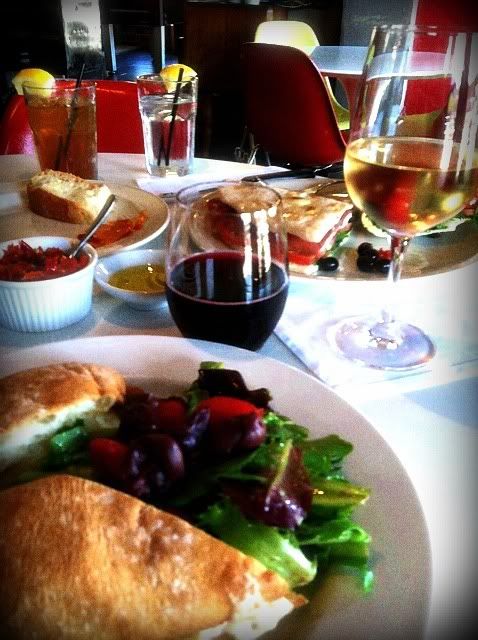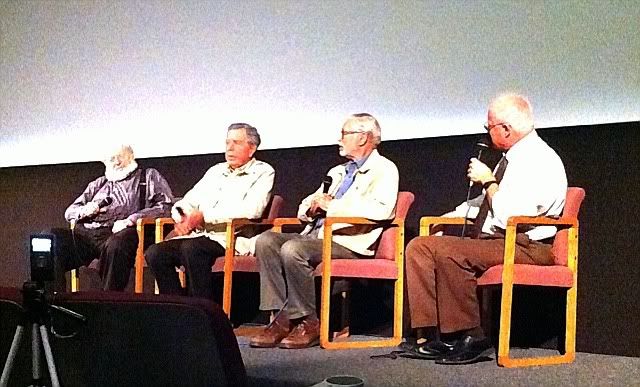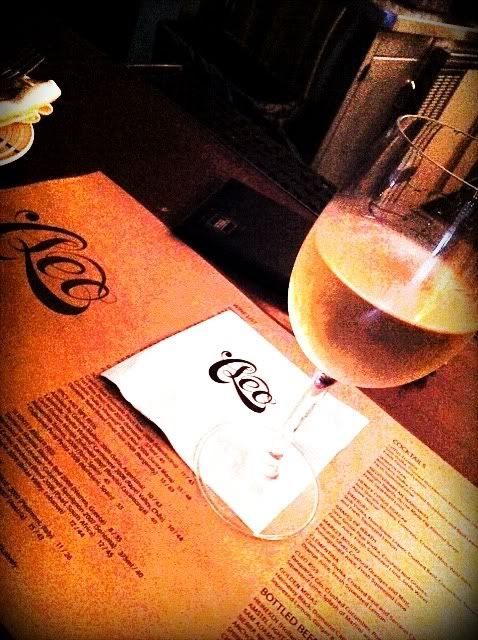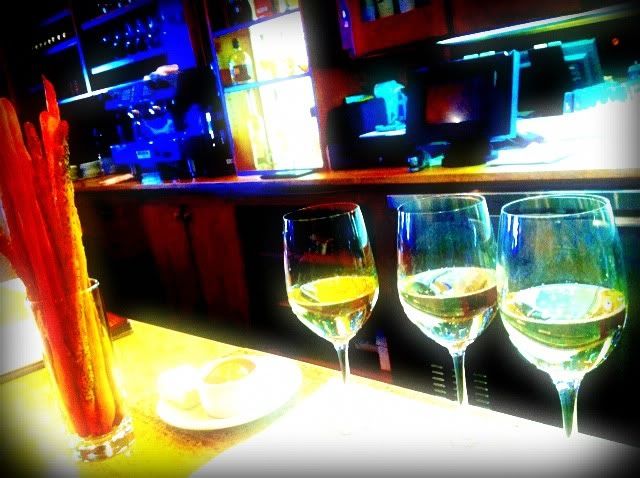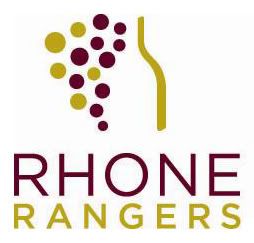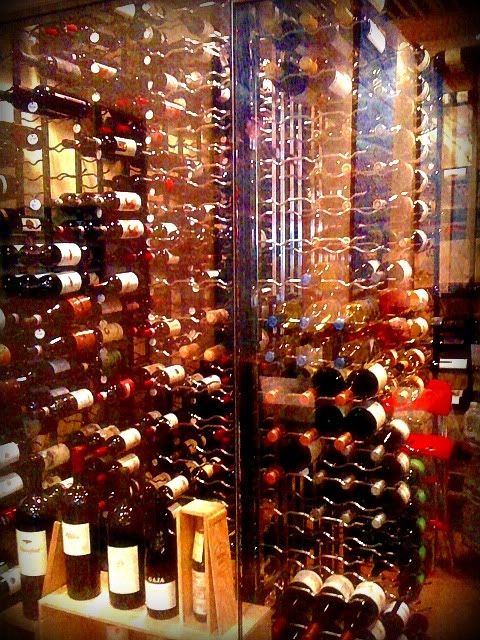Moonlight Meadery is based in Londonderry, New Hampshire, near the southeast corner of the state. The town's name originated from its early settlers, many of whom were from Londonderry, Ireland. The first American potato was grown there in 1719.
Londonderry was the birthplace of several governors and congressmen, but we'll try not to hold that against them. San Francisco Giants pitcher Brian Wilson is from Londonderry, too. As a Dodger fan, I'll try not to hold that against them, either.
The town is known for its apple orchards, and a meadery - Moonlight Meadery - which produces what they call "Romance by the glass."
Moonlight's mead maker Michael Fairbrother states on his meadery's website, "Mead, to me, is passion. It's about living and love, it's about enjoyment, family and friends, and sharing." Sounds good to us. You can see Fairbrother in this video story from WMUR.
We have covered mead before in the Wine Country series. Mead is wine made from honey, water and yeast. It can range from sweet to dry and be produced as still, slightly fizzy - pétillant - or sparkling. A melomel is a mead made with the addition of fruit. A cyser is a melomel made with apples, and a pyment is a melomel where grapes are used in addition to the honey.
Fairbrother gives his meads names like Smitten, Desire and Sensual, playing off that "romance in a glass" analogy. He supplied me with four samples of his meads for this article.
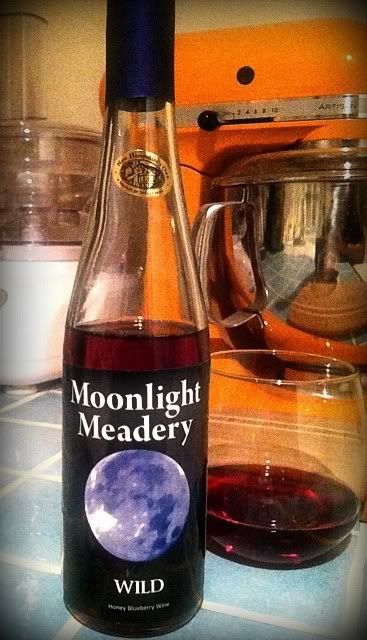 The mead he calls Wild is honey and blueberry wine made from unprocessed New Hampshire wildflower honey and mountain grown blueberries. It carries an alcohol level of 14.2% abv.
The mead he calls Wild is honey and blueberry wine made from unprocessed New Hampshire wildflower honey and mountain grown blueberries. It carries an alcohol level of 14.2% abv.Wild's medium ruby color allows light to pass through easily. The nose shows a strong herbal note leading the way with blueberry aromas underneath and honey and flowers trailing.
The taste is completely dry and the blueberries really come forward on the palate. There's a strong sense of greenness on the palate, too. Nice, gentle tannic structure matches well with a good acidity level. It's very fresh and clean tasting. I had blueberry wine from Florida which was much sweeter and more juice like than this honey and blueberry wine. The Moonlight mead is much more like a red wine than a fruit juice. I tried it chilled and not, and was pleased with the experience both ways. The herbal finish is fairly lengthy.
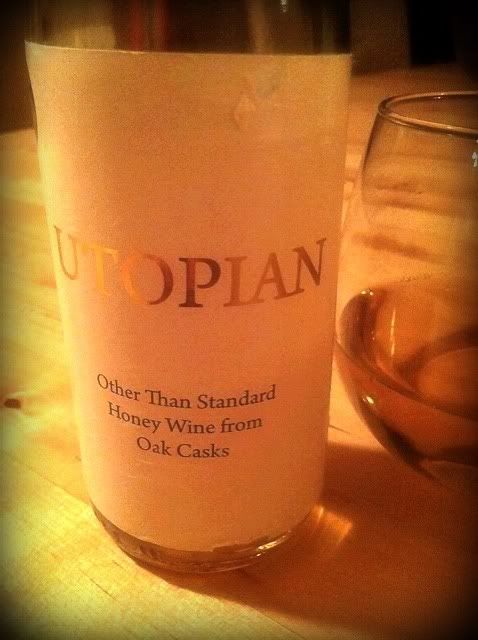 Utopian is the strongest of the quartet I tried at 16.9% abv. It’s a semi-sweet, limited edition mead which is fermented and aged in Samuel Adams Utopias barrels.
Utopian is the strongest of the quartet I tried at 16.9% abv. It’s a semi-sweet, limited edition mead which is fermented and aged in Samuel Adams Utopias barrels.The color gives a beautiful, rich, golden glow. On the nose, the honey gets down to business. It smells much like a dark honey, maybe chestnut honey. There’s a bit of sherry and a bit of coffee, too, in what strikes me as quite a complex package of aromas.
On the palate, Utopian's sweetness is delicate and the mouthfeel quite viscous, like a dessert wine. There’s a sherry-like flavor that’s pretty incredible and the finish is looong with a note of coffee mocha in it. It's really nice paired with almonds - you could even pour this over vanilla ice cream or a have it with pound cake. Once again a very nice acidity is present.
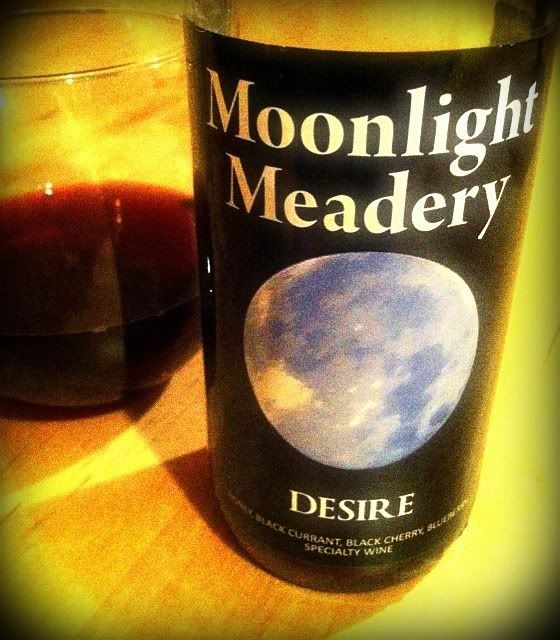 Desire is a beautiful deep ruby color. The nose again has a firm underpinning of honey aroma with a pretty straightforward display of the fruit used in making this melomel - black currant, black cherry and blueberry. The palate is dominated by the currant to the degree that it bears a striking similarity to cassis. It's not as viscous as Wild, but it definitely sits very full in the mouth. The 16.7% alcohol content means it's a fairly stiff drink, at least in the realm of wine. There's good acidity here, but I don't think I could bring myself to eat while savoring the texture and flavor of Desire. Well, maybe some chocolate. Desire beat out 352 other wines in a New England competition.
Desire is a beautiful deep ruby color. The nose again has a firm underpinning of honey aroma with a pretty straightforward display of the fruit used in making this melomel - black currant, black cherry and blueberry. The palate is dominated by the currant to the degree that it bears a striking similarity to cassis. It's not as viscous as Wild, but it definitely sits very full in the mouth. The 16.7% alcohol content means it's a fairly stiff drink, at least in the realm of wine. There's good acidity here, but I don't think I could bring myself to eat while savoring the texture and flavor of Desire. Well, maybe some chocolate. Desire beat out 352 other wines in a New England competition. The golden mead called Sensual shows a whole honeycomb full of honey aroma. That’s no surprise, since it is a traditional mead, made only from wildflower honey, water and yeast. The palate is dripping with honey, too. Once again, a resounding acidity is present and the finish is very long and ridiculously satisfying. The taste of pure honey is all that remains after a drink, and it’s there for quite a while. The alcohol level for Sensual is 15.3% abv. It's the simplest of the four featured here, but it may be my favorite.
The golden mead called Sensual shows a whole honeycomb full of honey aroma. That’s no surprise, since it is a traditional mead, made only from wildflower honey, water and yeast. The palate is dripping with honey, too. Once again, a resounding acidity is present and the finish is very long and ridiculously satisfying. The taste of pure honey is all that remains after a drink, and it’s there for quite a while. The alcohol level for Sensual is 15.3% abv. It's the simplest of the four featured here, but it may be my favorite.Once again one of the American states brings mead to Wine Country, and once again I am floored by the quality.
Follow Randy Fuller on Twitter
Follow Moonlight Meadery on Twitter



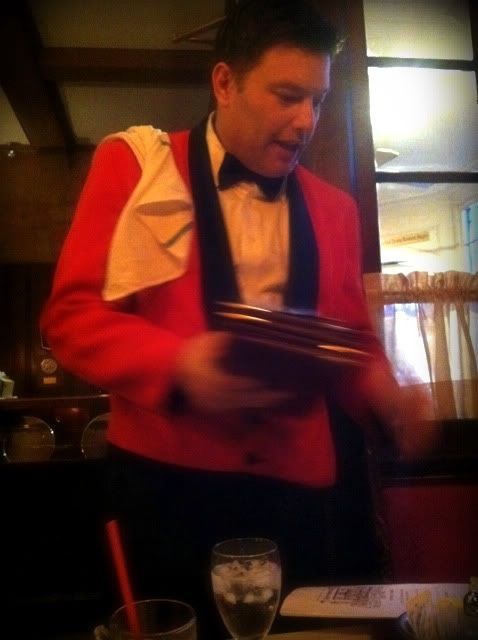
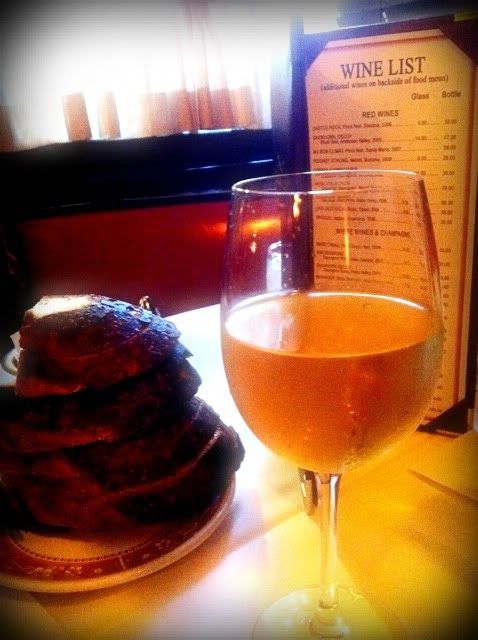 After a bit of conversation about the
After a bit of conversation about the 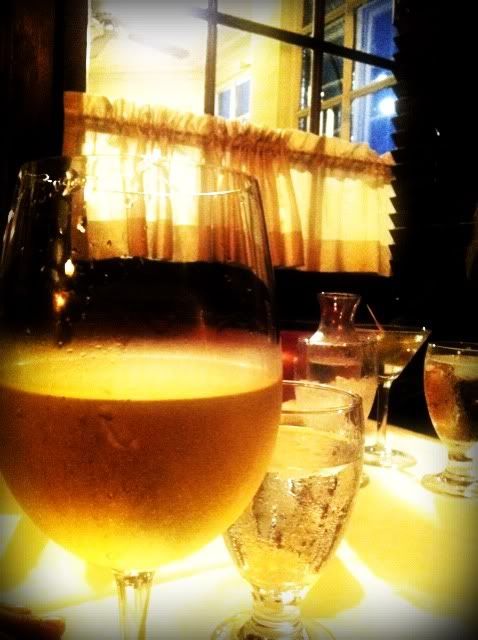 New Zealand's
New Zealand's 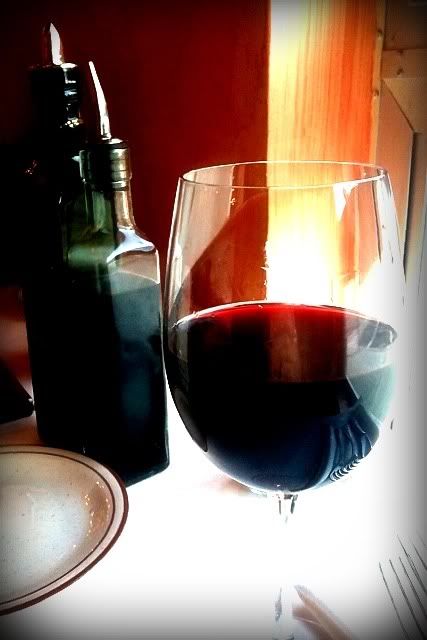

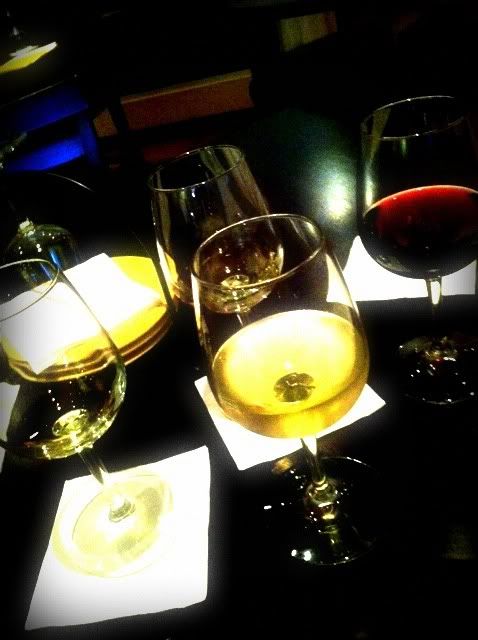


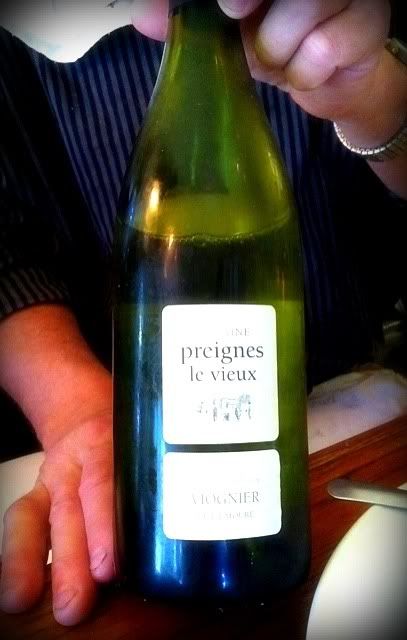 The Sancerre is a pretty golden-green hue in the glass. It's made from 100% Sauvignon Blanc and shows its Loire Valley terroir with a mineral-laden nose and an herbal component that's like a fistful of string beans. Big and full in the mouth, it's very dry with a nice acidity. Lemon rind and white grapefruit dominate the fruit profile, while wet rocks linger on the finish. It's a great match with the mussels and curry sauce.
The Sancerre is a pretty golden-green hue in the glass. It's made from 100% Sauvignon Blanc and shows its Loire Valley terroir with a mineral-laden nose and an herbal component that's like a fistful of string beans. Big and full in the mouth, it's very dry with a nice acidity. Lemon rind and white grapefruit dominate the fruit profile, while wet rocks linger on the finish. It's a great match with the mussels and curry sauce.